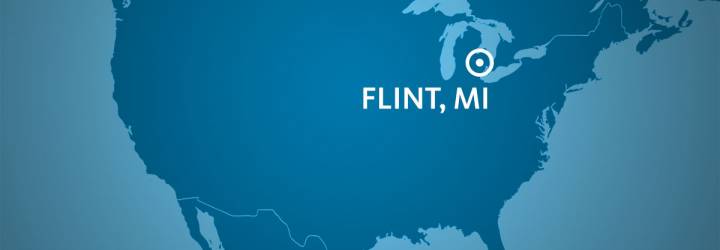Start at the Source 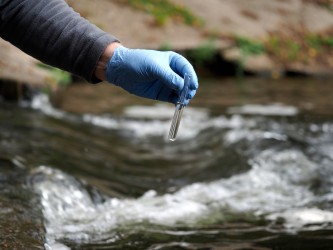
The water that runs from your faucet came from somewhere. Start getting to know the water you drink by learning where your city gets its water from. Click here for EPA suggestions on how to learn more about your drinking water.
At the Aquasana headquarters (here in Austin, Texas) our water is most often sourced from the Colorado River as it runs into Lake Travis and Lake Austin.
Once you know where your water comes from, it’s easier to make connections about what you drink. Knowing specifics about the watershed your municipality draws from will help as you study local annual water quality reports.
According to the 2016 Water Quality Report for the city of Austin, “The Colorado River watershed reaches many miles upstream, passing through agricultural and urban areas. Contaminants that may be present in the source water include: Microbial contaminants, such as viruses and bacteria; Inorganic contaminants, such as salts and metals; Pesticides and herbicides…, Organic chemicals, from industrial or petroleum use, [and] radioactive materials, which can be naturally-occurring.”
This list of possible source water contaminants is fairly typical. Water travels over land and picks up minerals and pollutants along the way. Most of these original contaminants are taken care of during water treatment and small amounts are considered acceptable by the EPA.
After treatment, there are also sometimes byproducts from water disinfection present in small amounts.
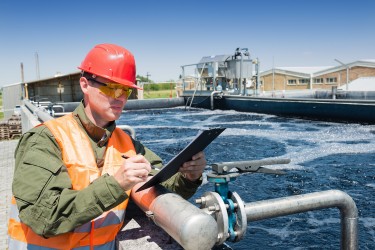 Dive into the Details
Dive into the Details
Exploring the source of your drinking water is just the first step, to find out more about the water from your faucet, access your water quality report. Some cities will post a general report regarding the city as a whole. These are usually made available annually on the city website.
In most places, you should receive a report specific to the water you drink yearly. These reports are called Consumer Confidence Reports. Click here for tips on how to access your CCR today.
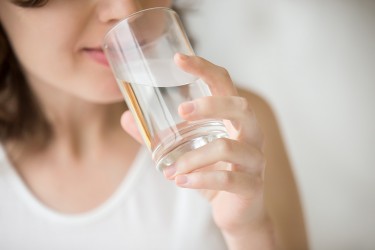 We Can Help
We Can Help
At Aquasana, we believe everyone should have access to the very best quality water. That’s why we go above and beyond when it comes to filtration. Several Aquasana systems are NSF certified not only to take care of the contaminants associated with taste and odor, but also contaminants that your palate might not detect.
Our customers love the OptimH2O® Reverse Osmosis +Claryum® drinking water system for this very reason. Certified to four NSF Standards, it removes five times more contaminants than other RO systems.
Others opt to filter the Whole House, with our popular Rhino 1,000,000 Gallons Whole House System. Get rid of that extra chlorine you read about in your CCR, this product has been proven to remove 97% of Chlorine.
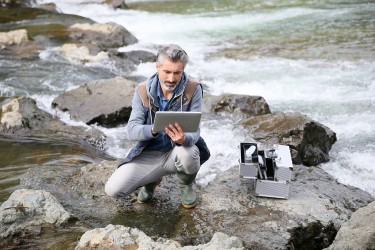 Better Water for All
Better Water for All
With the addition of at-home filtration, the transformation of your water can be downright amazing! Learn more about the water you drink, and find out how you can make it healthier than ever.
Everyone’s water could use a little improvement, some more than others. Want to commit to cleaner water for everyone? Consider donating to those who live without access to drinkable water.
Donate Internationally
Across the globe, developing countries struggle to make clean water happen for rural communities. Improving water quality in these places could save lives and help women and children by reducing the amount of time needed to haul water each day. Charity: Water is a non-profit organization which brings clean water to developing countries.
Click Here to Donate to Charity: Water
Donate to Flint, Michigan
Even in the US, there are cities struggling to keep lead contamination under control. The residents of Flint, Michigan are still dealing with the effects of the lead contamination that resulted from switching their water source to the Flint River. We’ve been doing our part to help the residents of Flint, and you can too!
The United Way of Genesee County “has set up this fund for the purchase of filters, bottled water, emergency support services and prevention efforts. 100% of the fund is used for these projects and no Administrative Fee is assessed.”
You can donate to Flint Water Fund here.
